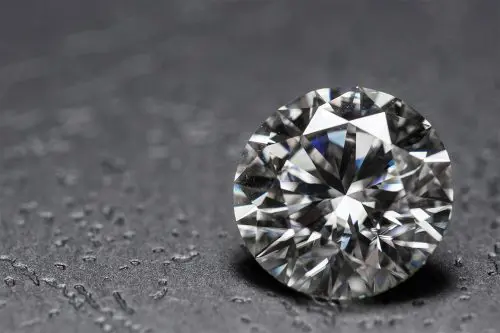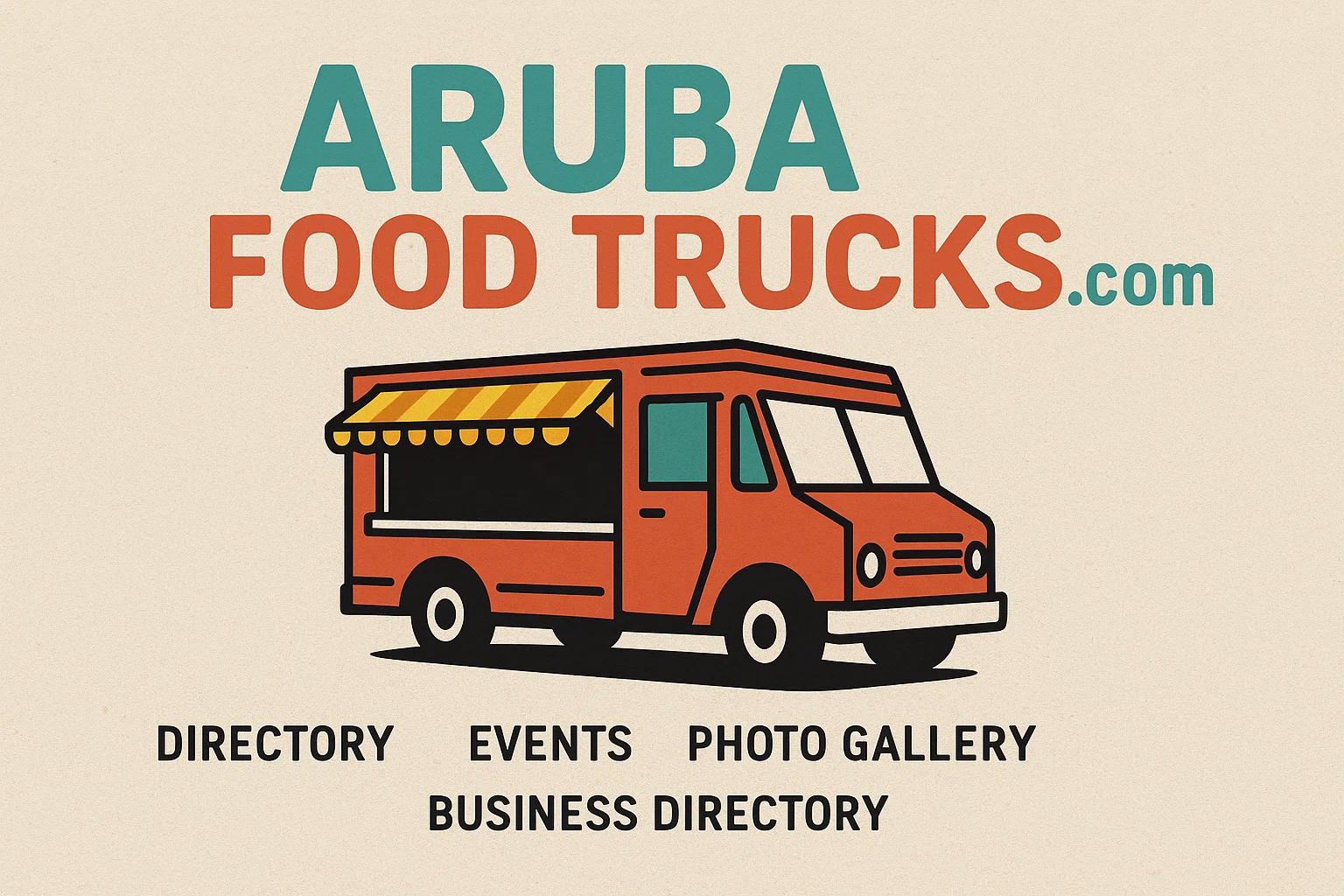Diamonds, often synonymous with eternal love, have captivated humanity for thousands of years. Whether they’re atop a ring, dangling from earrings, or adorning a watch, diamonds possess a mesmerizing charm that has made them the symbol of commitment and luxury.
The Origins of Diamonds
Remarkably, diamonds are composed of carbon, one of the most abundant elements on Earth. Yet, it takes about a billion years of intense heat and pressure deep beneath the Earth’s crust to transform graphite – the common substance found in pencils – into a sparkling diamond. It’s no wonder that diamonds are considered the hardest natural substance, capable of cutting through almost anything, including themselves!
The first known diamonds were discovered in India at least 3,000 years ago. Their clear, octahedral crystal shape made them highly valued, not just for their beauty, but for their believed powers to protect against evil. Even though India no longer produces diamonds, it remains a leader in diamond cutting and polishing.
Diamonds in Romance and Culture
In the Middle Ages, diamonds were not as coveted for their beauty but rather for their believed powers to ward off evil. They were also seen as potent love charms. Over time, their association with romance grew, particularly in European nobility. By the 15th century, diamonds became popular symbols of love, especially in engagement rings. The phrase “diamonds are forever” encapsulates this sentiment, as these precious stones symbolize an eternal bond between partners.
The name “diamond” comes from the Greek word “adàmas,” which means “unbreakable” – a fitting description for a stone so strong it could pierce the hardest heart.
The Evolution of Diamond Cuts
The true brilliance of a diamond comes from its cut, which determines how light interacts with the stone. Faceting was first introduced to diamonds to enhance their optical qualities, and over time, jewelers perfected this craft. The round brilliant cut, for example, was developed by Belgian-born Marcel Tolkowsky in 1919 and remains the most popular cut today, accounting for over 80% of all diamonds.
Key Diamond Cuts:
-
Round Brilliant Cut: The most popular and standardized, it emphasizes light reflection, brilliance, and scintillation.
-
Princess Cut: A square or slightly rectangular cut with as many as 144 facets, known for its brilliance and sharp angles.
-
Emerald Cut: A step cut that showcases a diamond’s clarity and color, often associated with elegance.
-
Asscher Cut: A square with cut-off corners, making a comeback thanks to its Art Deco appeal.
Fancy Cuts and Proprietary Designs
Beyond the standard cuts, many jewelers have created proprietary diamond cuts to enhance the diamond’s unique characteristics. Examples include:
-
Bez Ambar’s Quadrillion: A modified princess cut with extra facets.
-
Christopher Designs’ Crisscut: A modified round brilliant cut designed to maximize a diamond’s brilliance.
-
Trillion Cut: A triangular shape with a sharp, unique design.
Each of these fancy cuts adds a personal touch to the diamond, offering buyers a chance to choose a piece that is as unique as their love.
Choosing the Perfect Diamond
While diamonds come in various shapes and cuts, choosing the right one depends on individual preferences and the occasion. Whether you’re looking for the perfect engagement ring or a special gift, the “4 Cs” – carat, cut, color, and clarity – help determine the quality and cost of the diamond.
But perhaps the most important factor is the diamond’s ability to catch your eye. After all, diamonds are more than just stones; they represent enduring love and commitment. So, when you find the perfect one, you’ve truly found a partner for life.
As the saying goes, diamonds are forever – and their beauty will continue to sparkle for generations to come.
Photo credits : https://www.myarubaguide.com/blogs/diamonds-are-forever
























Discussion about this post